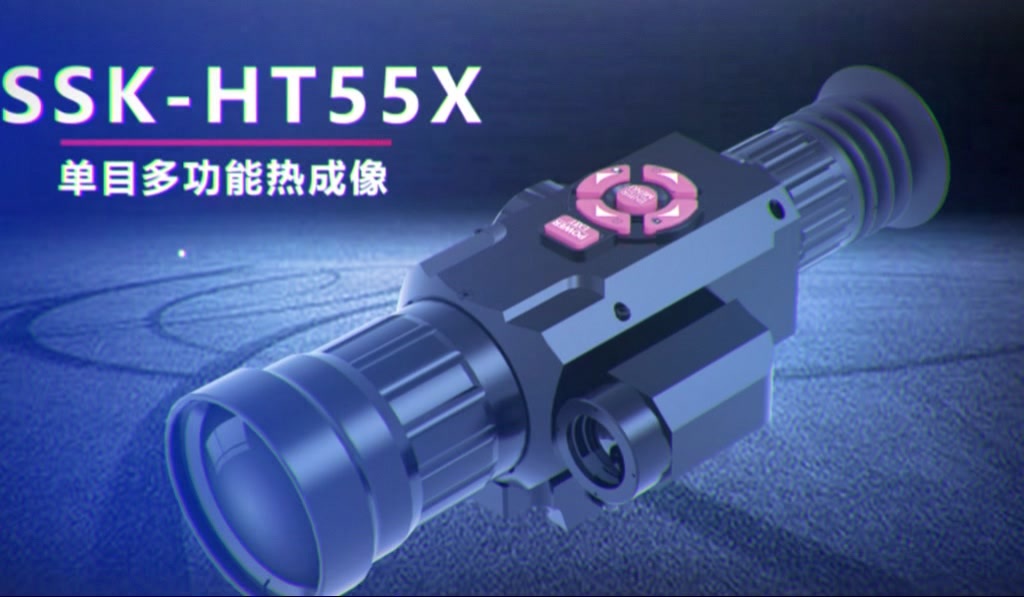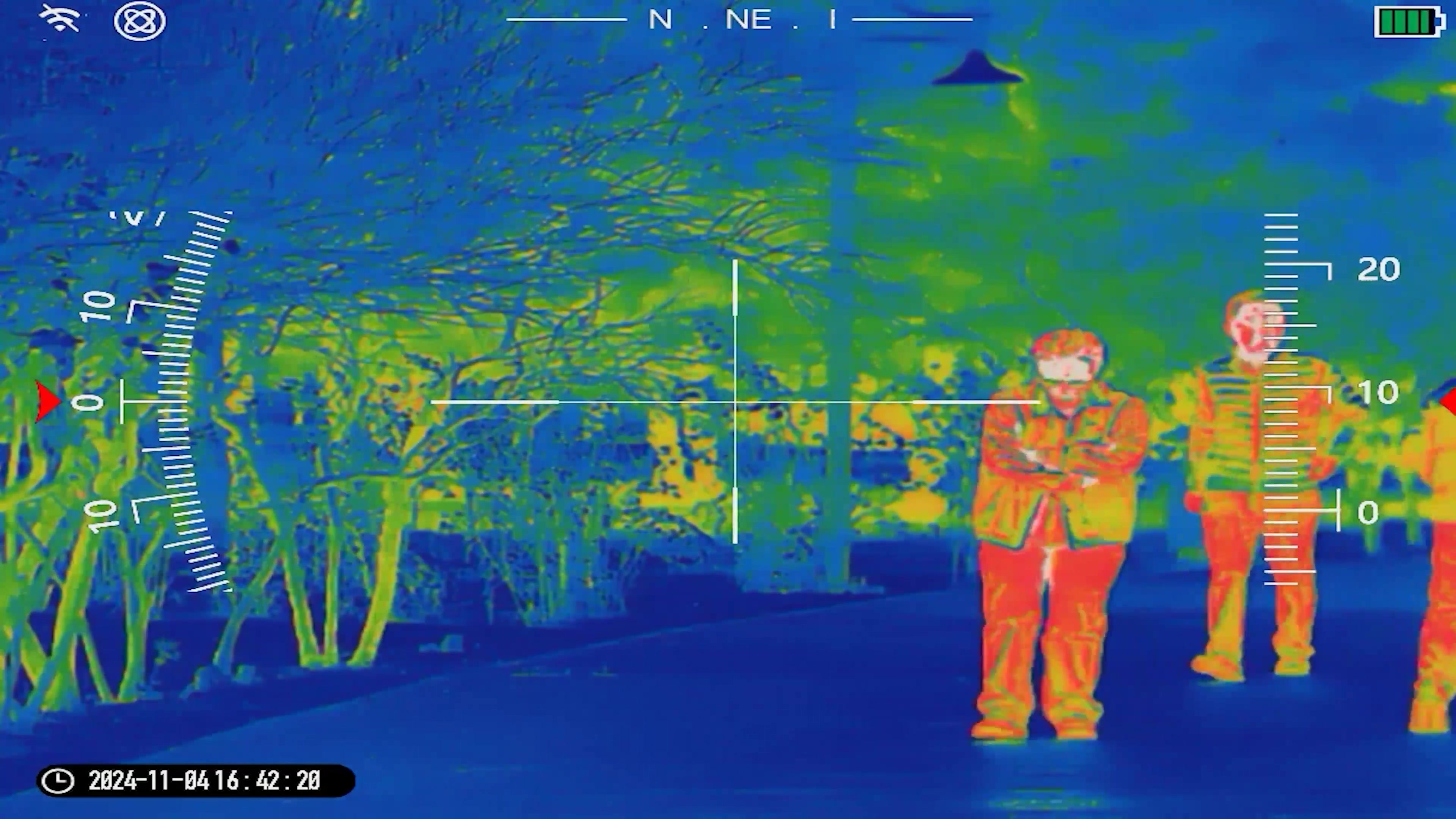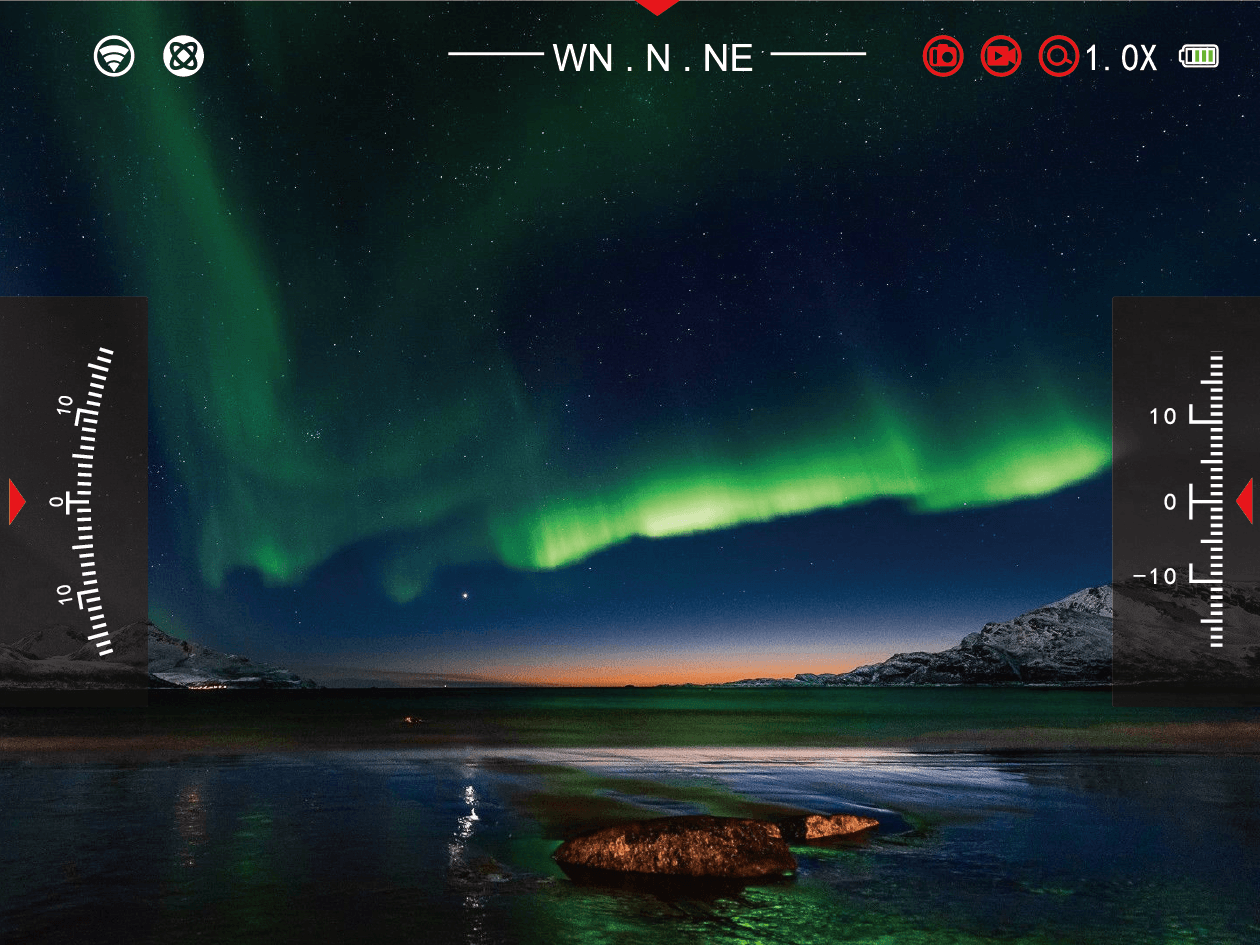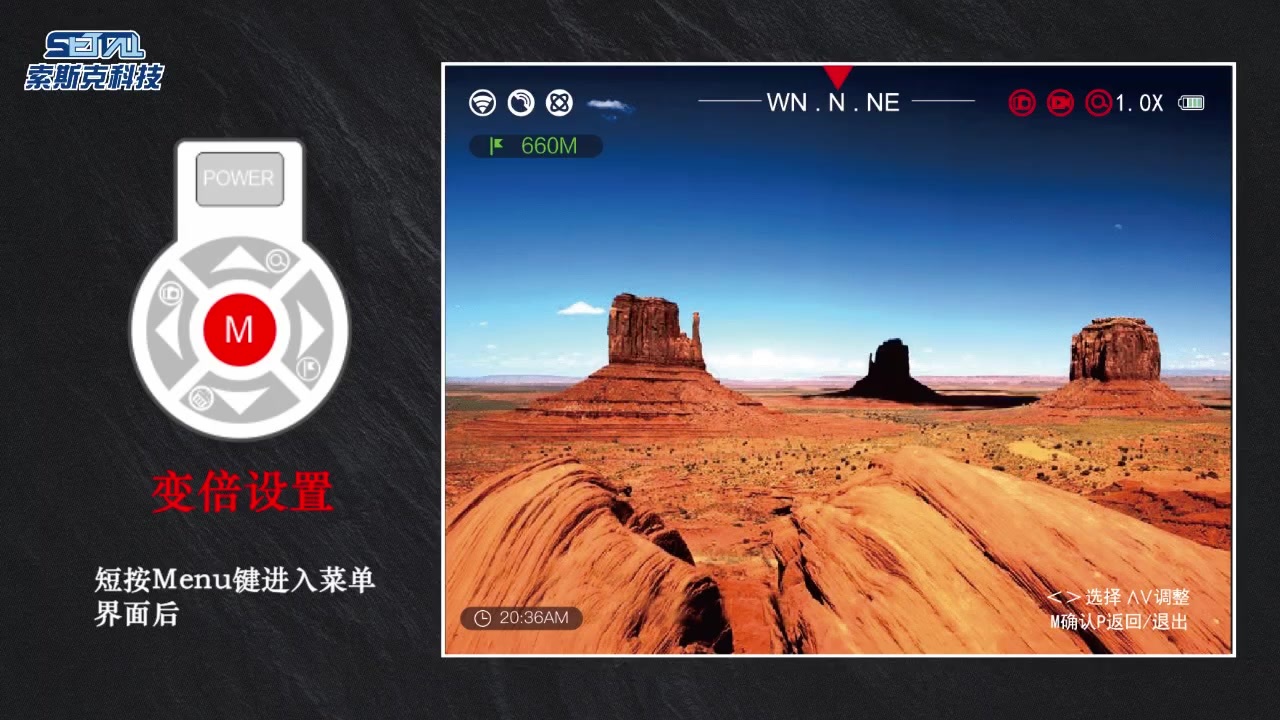Solution
Handheld gas nuclear radiation
All-in-one solution
System solutions
Portable green laser bird repellent
System solutions
Solution
Photovoltaic and wind power complementary wireless monitoring
System solutions
Road vehicle overheating warning
System solutions
Laser-based bird deterrent system
System solutions
Bird detection, monitoring, and dispersal
System solutions
Mountain maintenance monitoring
System solutions
New generation of coastal defense
Solution
Bird detection, monitoring, and dispersal
System solutions

(Note: The image is for reference only; the actual product may vary.)
Product Introduction
The Bird Detection System is an intelligent monitoring system that integrates bird detection, identification, tracking, and analysis. It is designed for places that require bird activity monitoring, such as airports and wildlife reserves. The system uses various technical means, such as bird detection radar and photoelectric imaging equipment, to achieve all-weather, all-round monitoring of birds, providing decision support for the command center, effectively preventing bird strikes, and ensuring aviation safety.
Core Functions
Automatic Detection and Identification
Infrared Thermal Radiation Monitoring: Uses infrared detection technology to detect bird activity on and around runways, in grass, and on land in real time.
AI Image Recognition: Built-in AI algorithm for high-precision identification of detected targets, capable of distinguishing bird species.
Precise Repelling
Laser Beam Divergence Directional Repelling: Uses a laser module to emit a specific wavelength of laser to repel identified birds non-lethally.
Automatic/Manual Control: The laser repelling module supports automatic response and manual operation to ensure repelling effectiveness.
All-Weather Operation
Day and Night Monitoring: The system is not limited by lighting conditions and operates 24/7.
Adverse Weather Adaptability: The system maintains high efficiency during periods of frequent bird activity, such as dawn, dusk, rainy days, and foggy days.
Remote Monitoring and Management
Real-time Video Transmission: Transmits on-site video and operating status to the command center in real time via network cable, fiber optic cable, 4G, etc.
Unified Control: The platform software provides centralized management of front-end devices, facilitating monitoring and management of the entire system.
Data Recording and Analysis
Video Storage: Built-in storage unit supports automatic capture/recording for subsequent analysis.
Data Statistics: The platform software provides AI identification and repelling data statistics to help evaluate system effectiveness and optimize strategies.
These core functions together constitute a complete solution for the automatic detection and bird strike prevention system on airport runways, effectively improving the efficiency and safety of airport bird strike prevention. For example:
Bird Information Prompt: Provides bird information prompts for key areas of aircraft runway takeoff and landing.
Trajectory Analysis: Analyzes bird subspecies, appearance time, and trajectory using bird detection radar and photoelectric equipment to generate a heat map.
Repelling Linkage: Directs bird-repelling vehicles based on bird information prompt signals, linking directional loudspeakers, gas cannons, and shock wave cannons.
Big Data Analysis: Outputs bird repelling suggestions based on big data analysis and evaluates the effectiveness of bird repelling.
Environmental Monitoring: Online video patrol and monitoring of grass conditions, birds caught in bird nets, and the status of bird repelling equipment.
Real-time Alerts: Establishes real-time alert capabilities for bird species, appearance patterns, areas of appearance, and hazard levels.
Technical Features
The system's technical highlights include: deep integration of AI and photoelectric technology, multi-functional integrated design, high-precision real-time monitoring and early warning, and the comprehensive application of multiple detection and bird repelling technologies.
Deep Integration of AI and Photoelectric Technology: The system uses intelligent AI and photoelectric technology to achieve real-time monitoring and early warning of bird activity at airports. By combining images captured by high-definition cameras with bird recognition algorithms, it can accurately feedback airport bird information data, greatly improving the efficiency and accuracy of bird strike prevention.
Multi-functional Integrated Design: The system integrates multiple functions, including bird detection, bird identification, equipment linkage, and automatic analysis of bird activity direction, forming an integrated bird detection and repelling system. This design not only simplifies the operation process but also improves the overall performance and reliability of the system.
High-Precision Real-time Monitoring and Early Warning: The system uses multiple detection methods, such as radar, infrared thermal imaging equipment, and high-definition cameras, to detect low-altitude bird targets around the airport in real time and perform high-precision identification and early warning. This real-time monitoring capability helps airport managers take timely bird repelling measures to prevent bird strikes.
Comprehensive Application of Multiple Detection and Bird Repelling Technologies: The system not only uses AI and photoelectric technology for bird detection and identification but also combines multiple bird repelling methods, such as laser bird repelling, voice bird repelling, and ultrasonic bird repelling. This comprehensive application strategy can flexibly choose the most effective bird repelling method based on different bird species and bird strike risks under different environmental conditions, ensuring the safe operation of the airport.
These technical highlights together constitute the core advantages of the automatic detection and bird strike prevention system on airport runways, enabling it to effectively prevent bird strike risks in complex airport environments and ensure aviation safety.

System Composition
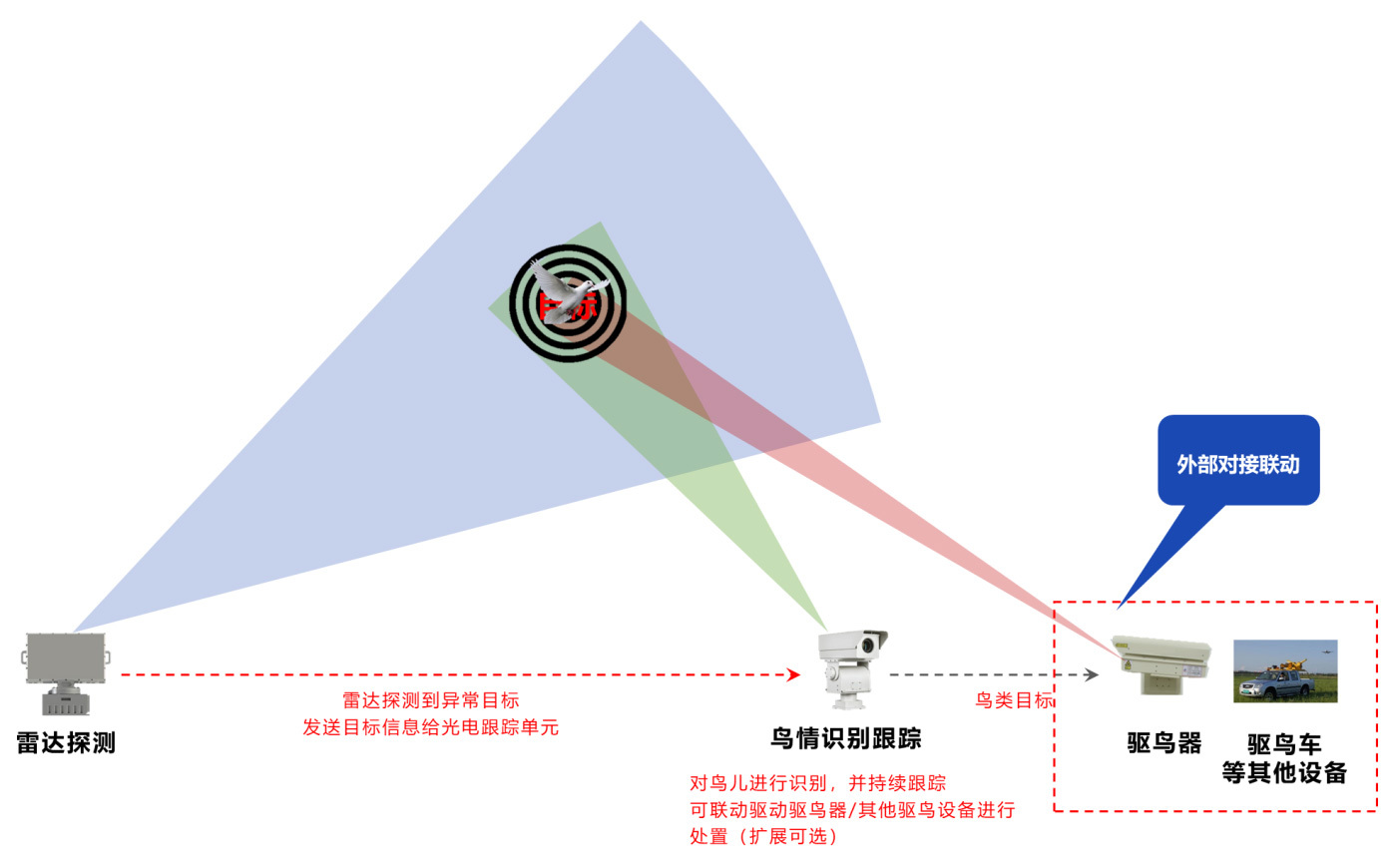
Workflow Diagram

Monitoring Operating System Interface
Application Scenarios
Laser bird repelling systems can be used in a variety of locations, including farmland, orchards, farms, power transmission towers, substations, railways, airports, photovoltaic power stations, and industrial areas. Specifically:
In farmland and orchards, laser bird repelling systems can protect crops and fruit trees from bird pecking, ensuring crop growth and harvest.
In farms, laser bird repelling systems can prevent birds from roosting and preying on livestock, reducing farming losses.
In power transmission towers and substations, laser bird repelling systems can prevent birds from nesting and roosting, reducing the failure rate of equipment short circuits and tripping, and ensuring the safe and stable supply of electricity.
In railway and airport scenarios, laser bird repelling systems can reduce the risk of collisions between birds and trains, aircraft, and other transportation vehicles, ensuring the safety of transportation operations.
In photovoltaic power stations, laser bird repelling systems can accurately monitor bird activity, protect power station equipment through laser repelling, improve power generation efficiency, and avoid environmental pollution.
In addition, laser bird repelling systems have good adaptability and stability and can operate normally under various adverse weather conditions, ensuring the safe operation of application scenarios.

On-site Testing of Application Scenarios
Laser Bird Repeller Parameters
| Serial Number |
Indicator Item |
Parameter Specifications |
| 01 |
Power Supply |
24V AC/50Hz、DC12V |
| 02 |
Power Consumption |
80W |
| 03 |
Communication Method |
RS485 Bus |
| 04 |
Communication Baud Rate |
9600 bps |
| 05 |
Communication Protocol |
PELCO-D |
| 06 |
Horizontal Rotation Range |
360º unrestricted rotation |
| 07 |
Vertical Rotation Range |
0°- 360º |
| 08 |
Bird Repeller Cruising Speed |
3 adjustable levels (low speed 9°/s, medium speed 12°/s, high speed 14°/s) |
| 09 |
Patrol Mode |
1 patrol group |
| 10 |
Dwell Time at Each Patrol Point |
1 second |
| 11 |
Number of Patrol Points in Patrol Group |
2-200 patrol points, freely adjustable |
| 12 |
Laser Color |
Red, green, and blue |
| 13 |
Bird Repelling Efficiency |
Over 95% |
| 14 |
Effective Bird Repelling Distance |
>1000 meters |
| 15 |
Effective Bird Repelling Time |
24 hours |
| 16 |
Laser Switch Control |
Program control |
| 17 |
Operating Temperature |
-40℃ - +55℃ |
| 18 |
Ambient Humidity |
≤95% no condensation |
| 19 |
Protection Level |
IP65 |
| 20 |
Mean Time Between Failures (MTBF) |
>2500h |
| 21 |
Host Weight |
45Kg ± 10% |
| 22 |
Dimensions |
500 X 450 X 432(mm) |
| Serial Number |
Indicator Item |
Specific Performance Parameters |
| 1 |
Bird Detection Radar Maximum Detection Distance |
≥3km (Pigeon-like targets, line-of-sight conditions) |
| 2 |
Photoelectric Daytime Detection Distance |
≥1.5km (Pigeon-like targets, atmospheric visibility ≥20km, humidity ≤60%, line-of-sight conditions) |
| 3 |
Photoelectric Nighttime Detection Distance |
≥0.5km (Pigeon-like targets, atmospheric visibility ≥20km, humidity ≤60%, line-of-sight conditions) |
| 4 |
Photoelectric Complex Background Detection Accuracy |
≥80% (Bird targets) |
| 5 |
Photoelectric Clear Background Detection Accuracy |
≥90% (Bird targets) |
| 6 |
Photoelectric Identification Accuracy |
≥90% (Bird targets) |
| 7 |
Photoelectric Identification Speed |
<2s (Bird targets) |
| 8 |
Photoelectric Bird Species Identification |
No less than 32 species |
| 9 |
GIS Map Positioning Accuracy |
<8m |
| 10 |
Interlock Signal Output Delay |
<1s |
Summary:
The bird detection, monitoring, and deterrence system, with its superior performance and wide range of applications, has become the preferred solution for bird strike prevention in airports, wildlife reserves, and other locations. The system not only achieves all-weather, all-round monitoring of bird activity, but also effectively improves the efficiency and safety of bird strike prevention through high-precision identification and the integrated application of multiple bird deterrent methods.
In practical applications, the bird detection, monitoring, and deterrence system has demonstrated strong adaptability and stability. Whether under harsh weather conditions or in complex airport environments, the system can maintain high efficiency, providing airport managers with accurate bird information and timely deterrence instructions. This not only helps reduce the occurrence of bird strikes but also significantly reduces economic losses and safety risks caused by bird strikes.
In addition, the bird detection, monitoring, and deterrence system also has intelligent management functions. Through the remote monitoring and management platform, airport managers can view real-time video and operating status, and centrally manage front-end devices. This intelligent management method not only improves work efficiency but also reduces labor costs.
In summary, the bird detection, monitoring, and deterrence system, with its superior performance, wide range of applications, and intelligent management functions, provides strong support for airport bird strike prevention. In the future, with the continuous advancement of technology and the continuous expansion of application scenarios, the system is expected to play a greater role in more fields.




